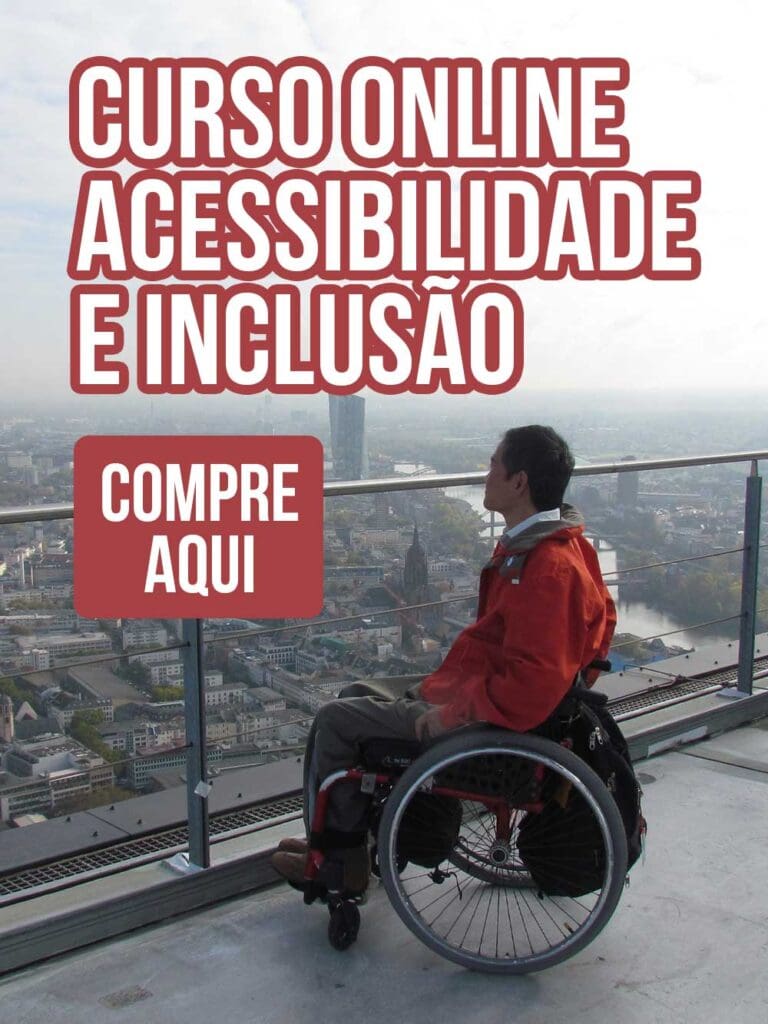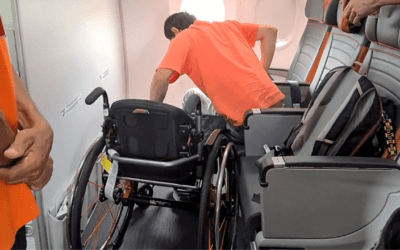
Meet Sunita, A Wheelchair User Who Defies ‘Disability’, Travels And Inspires People
Sunita Sancheti was only 16 when she lost all sensation below her waist following a spine injury. Don’t be mistaken though. She’s anything but disabled.
In 1987, medical negligence led Sunita to lose control over her body from the waist down. She couldn’t even control her bladder and bowels. She also had to drop out of college, but it wasn’t the disability that forced her to leave her education but the lack of facilities at her college and awareness among her professors and cohort.
The 46-year-old’s disability made her come alive to India’s indifference to different kinds of people with different needs. An elderly person’s needs in a city will be different from a young person’s, and similarly, a disabled body’s need will differ from an able-bodied one.
Sunita, who lives in Mumbai, remembers a trip she took to Agra many moons ago with Russian and English colleagues. Just a few months before, renowned scientist and wheelchair user Stephen Hawking had visited the Taj Mahal, which was made accessible for him. So they wanted to take advantage of the newly-turned accessible world wonder and make a visit. However, what awaited them at the Taj Mahal was anything but accessible for disabled bodies and wheelchair users. All the ramps put in place for Hawking had been removed and they were flummoxed about how to tour the attraction.
Sunita was also slightly embarrassed because she was travelling with outsiders who couldn’t understand why India failed to recognise the existence of disabled people and plan cities so they can also move freely.
She travelled to the UK in 1996 at the age of 26 to learn how to live with her disability, that is, learning when to eat, in what quantities and how to control her bladder and bowel. It was when she was living in the UK for two months that she became aware of the possibilities for disabled people to move about as freely as abled people if only leaders and urban planners put the right infrastructure in place.
“I saw that England had created access for people with all kinds of disabilities including deaf and visually-impaired people,” Sunita added.
The trip motivated her to come back and lobby for similar infrastructures in India.
According to the 2011 census, India’s disabled population stands at 2.21 per cent, not too far from the 2001 census, which stood at 2.13 per cent. There is a problem with these statistics that do not take into account how many people do not disclose their disabilities due to social stigma.
Source: India Times
Compartilhe
Use os ícones flutuantes na borda lateral esquerda desta página
Siga-nos!
Envolva-se em nosso conteúdo, seus comentários são bem-vindos!
Artigos relacionados
Acessibilidade no transporte aéreo. Atualização das regras.
Acessibilidade no transporte aéreo. Revisão da Resolução nº 280/2013 da ANAC através de consulta e audiência pública.
Inclusão no filme Wicked. Atriz cadeirante chama a atenção.
Inclusão no filme Wicked. Marissa Bode é uma atriz com deficiência na vida real, e sua deficiência não foi um impedimento para a atuação.
Diretrizes da ANPTUR para o Turismo Brasileiro
Diretrizes da ANPTUR para o Turismo Brasileiro. Acessibilidade é um dos capítulos desse importante guia orientador para o turismo.






0 comentários